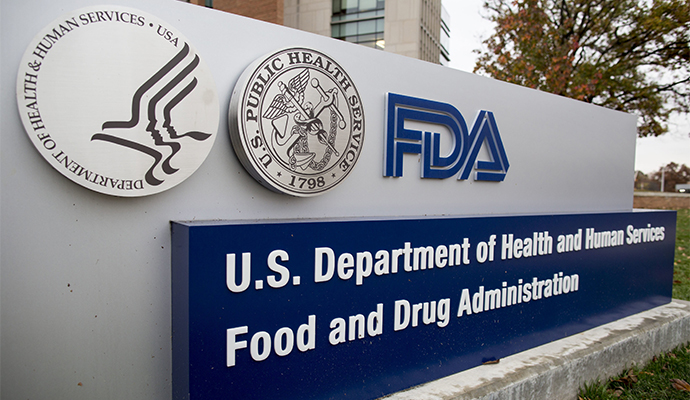FDA Seeks to Clarify Evidence for Intended Use Determinations
A proposed rule from the agency will help to provide better clarity on the types of evidence used to determine intended use of products regulated by the agency.

Source: Thinkstock
- FDA recently proposed updates to its regulations to clarify the types of evidence the agency considers when determining the “intended use” of FDA-regulated products.
The proposed rule, “Amendments to Regulations Regarding ‘Intended Uses,’” will help to fulfill the FDA’s public health mission to provide better clarity to regulated industry and other stakeholders.
FDA’s intended use is important for understanding how a product will be regulated and whether it will be labeled as a drug. A product can be labeled a drug regardless of whether a company considers its product a drug or not.
The agency highlighted that when evaluating a product’s intended use, any relevant source can be considered. This may include the product’s labeling, promotional claims, and advertising.
But a firm’s subjective claims of intent are not necessarily determinative of a product’s intended use, FDA noted.
“FDA proposes to amend its intended use regulations for medical products to better reflect the Agency’s current practices in evaluating whether a product is intended for use as a drug or device, including whether an approved or cleared medical product is intended for a new use,” FDA said in the proposed rule.
FDA believes that any relevant source of evidence may be considered when evaluating a product’s intended use.
The proposed revisions also clarify that FDA’s knowledge that a healthcare provider prescribed or used an approved or cleared medical product for an unapproved use is not sufficient to establish the product’s intended use.
“We believe that this update will provide greater certainty and predictability for regulated parties,” the agency said.
FDA also provided additional clarity by describing examples of types of evidence that it would consider relevant in determining the intended use of a product, including direct and circumstantial evidence.
There are several types of evidence that, standing alone, would not be determinative of intended use, the agency said. The examples may help stakeholders navigate scenarios with more certainty.
“In recent years, we have worked to revise certain language that is currently included in our intended use regulations and that does not accurately reflect current FDA policies. In 2015, we issued a proposed rule that, among other things, would have revised that language,” FDA stated.
The feedback and support from the public helped the agency to make additional changes when the 2017 final rule was published.
Due to questions and concerns that arose from the changes made in the final rule, FDA delayed the effective date of the relevant portion of that 2017 final rule until further notice. This allowed for additional consideration of the various issues raised in the public comments.
But since 2017, FDA considered the feedback and input from regulated industry stakeholders and proposed to repeal and replace the intended use portion of the 2017 final rule.
“We received many useful comments that assisted in our policy development. Public comment is an important part of the rulemaking process that can inform and influence the agency on critical regulatory matters. We look forward to receiving input on today’s proposed rule,” the agency said
“We believe that by revising the text of our intended use regulations to better reflect our longstanding practice, and by providing additional examples and explanation in the preamble, we will give clarity to stakeholders and enhance consistency in our regulatory approach.”
Clarity and consistency are vital to ensure that parties understand their individual commitments and allow FDA to oversee in a responsible and effective manner.
To view the complete proposed rule, click here.
